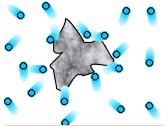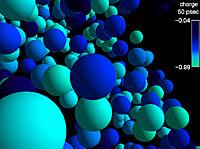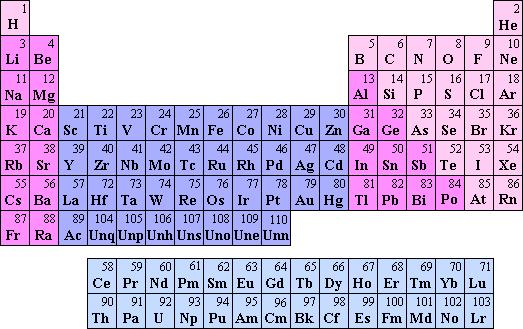 Final Results
Final Results

There are three main items which this paper is regonized for. They are:
1. Einstein's Paper + Brownian Motion + Perrin's Experiments = Existence of Atoms.
Einstein's 1905 paper described how a suspended body should displace in a liquid over time, assuming the liquid was composed of atoms. However, it was not 1908, when Jean Perrin completed Brownian motion experiments which accurately measured the displacement and the time of the suspended body. These values matched Einstein's predictions and provided the first indisputible evidence for the existence of atoms!!

2. Provided a method for determining Avogadro's number.
Avogadro's number, as mention before, is 6.022 1023 which is approximately a million billion billion. To get an appreciation of how large this number is consider having this much money. Last year the United States of America spent about one trillion dollars (a thousand billion). If you had and Avogadro's amount of money you could spend a trillion dollars a second for the next ten thousand years!!!
Einstein's paper determined an expression for this quantity in terms of measurable quantities from a Brownian motion experiment. The Scientific significance of this number is that it allowed us to determine the size of the atom. By size I mean the mass of an atom, or for those of you familiar with chemistry, it allowed us to determine the molar mass for each element on the periodic table.
The calculation of Avogadro's number using a Brownian motion experiment was also performed by Jean Perrin in 1908.

3. Most cited of Einstein's Papers
Although most people know Einstein for special relativity or the formula E = mc2, Einstein's most referenced work is his paper on Brownian motion. This is a result of that fact that Brownian motion provides an enormous amount of applications to the modern day world!